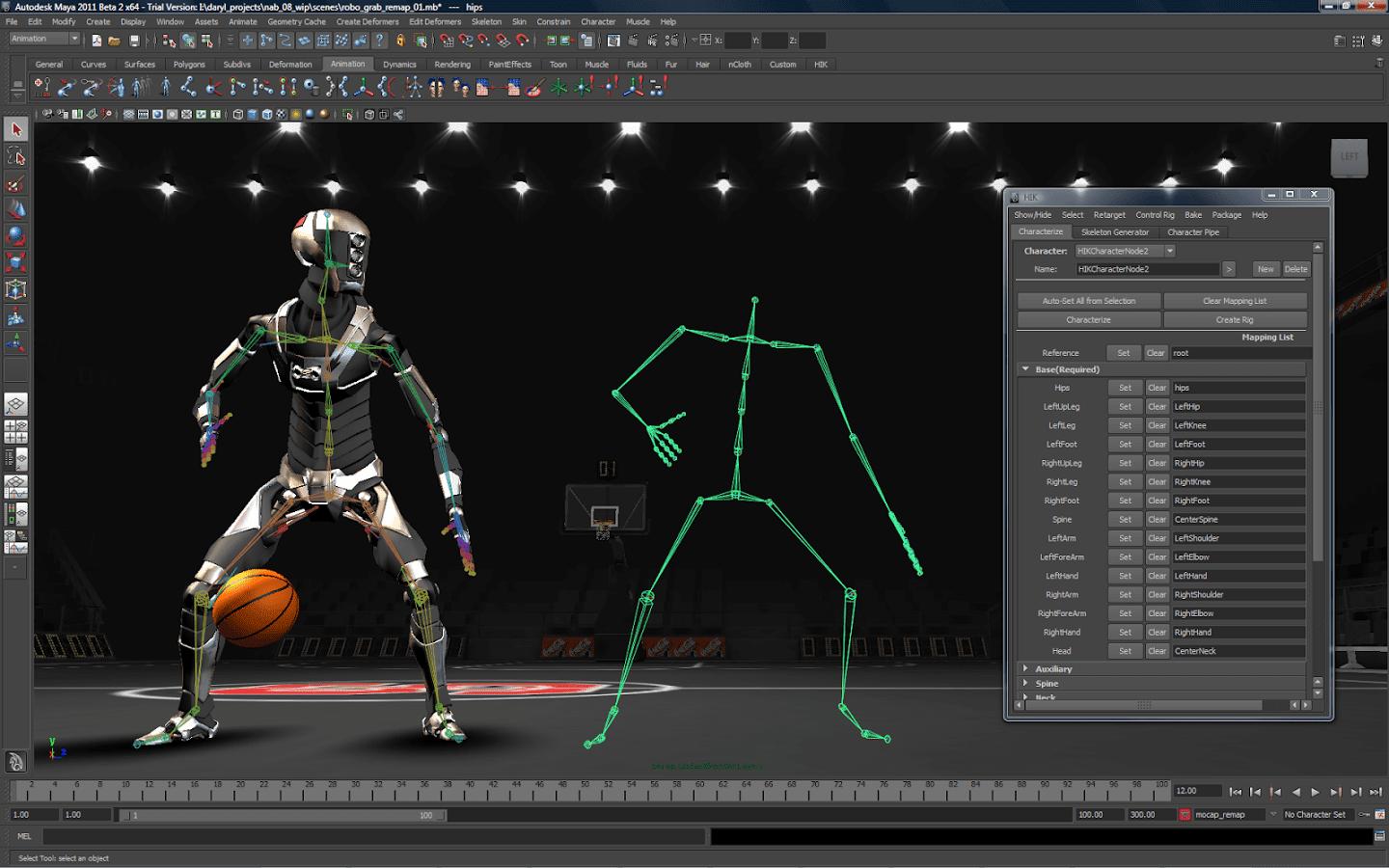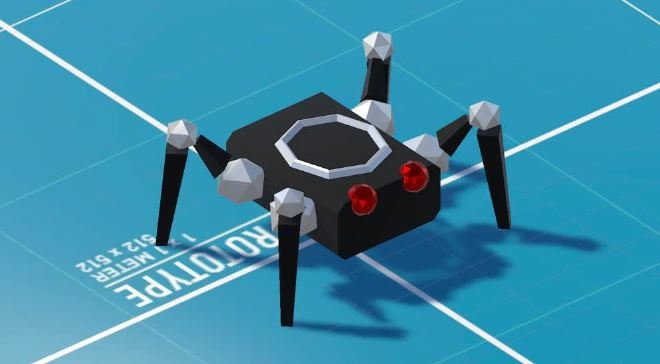
Procedural animation is a powerful technique in the realm of 3D animation that has transformed the way animators create dynamic and realistic movements. Unlike traditional animation, where each frame is manually crafted, procedural animation relies on algorithms and rules to generate motion automatically. This approach offers numerous benefits, including efficiency, flexibility, and the ability to create complex, lifelike behaviors that would be incredibly time-consuming to achieve by hand. In this blog post, we will delve into the power of procedural animation in 3D, exploring its advantages, applications, and its role in creating cool animation characters. We will also highlight how 3d animation services can leverage procedural techniques to enhance their projects.
What is Procedural Animation?
Procedural animation is a method of generating movement through the use of algorithms and mathematical functions. It contrasts with keyframe animation, where animators set specific positions at particular frames, and the computer interpolates the frames in between. Animation can simulate natural phenomena, such as water, fire, and cloth, or create complex character behaviors and movements based on predefined rules.
Key Concepts
- Algorithms and Functions: At the heart of animation are algorithms and mathematical functions that define how objects move. These can range from simple sine waves to complex simulations of physical forces.
- Parameters and Control: Animation allows animators to adjust parameters to control the outcome. This might include factors like gravity, wind, friction, and more, enabling fine-tuned control over the animation.
- Randomness and Noise: To achieve more natural and organic movements, animation often incorporates randomness and noise. This can prevent animations from looking too mechanical and introduce variations that mimic real-world behavior.
Advantages of Procedural Animation
Efficiency
Animation can significantly reduce the time and effort required to create complex animations. By automating repetitive and intricate tasks, animators can focus on the overall artistic direction and fine-tuning rather than crafting each frame individually.
Flexibility
One of the standout benefits of animation is its flexibility. Animators can quickly adjust parameters to experiment with different looks and behaviors without starting from scratch. This is particularly useful in game development and simulations, where environmental conditions and interactions can change dynamically.
Realism
Procedural animation excels at creating realistic movements and behaviors. By simulating physical forces and natural phenomena, it can produce animations that closely mimic the real world. For example, procedural techniques can be used to animate flowing water, waving grass, or a character’s hair and clothing responding to wind.
Scalability
Procedural animation is highly scalable. Whether animating a single character or an entire crowd, procedural methods can handle the complexity with ease. This scalability is crucial in projects with large-scale environments and numerous interacting elements.
Applications of Procedural Animation
Environmental Effects
Procedural animation is widely used to create environmental effects such as weather conditions, water simulations, and fire. These effects are essential in creating immersive and believable worlds in films, games, and virtual reality experiences.
Character Animation
Procedural techniques can enhance character animation by adding secondary motions, such as the sway of a character’s clothing, the bounce of hair, or the subtle movements of muscles and skin. These details contribute to more lifelike and engaging characters.
Crowd Simulation
In scenes requiring large crowds, procedural animation is invaluable. It can generate varied and realistic behaviors for each character, from walking and running to interacting with one another, all based on a set of predefined rules.
Game Development
Procedural animation is extensively used in game development to create dynamic and responsive characters and environments. Game characters need to react to player inputs and environmental changes in real-time, making procedural techniques ideal for ensuring fluid and natural movements.
Special Effects
In addition to environmental effects, procedural animation is used for special effects such as explosions, particle systems, and abstract visual elements. These effects are crucial in adding visual flair and excitement to films, games, and advertisements.
Creating Cool Animation Characters with Procedural Animation
Procedural animation plays a significant role in creating cool animation characters that captivate audiences. These characters often require complex and nuanced movements that bring them to life in unique ways. Here’s how procedural animation contributes to this process:
Dynamic Movements
Cool animation characters often need to perform dynamic actions, such as acrobatics, combat moves, or dance routines. Procedural animation can generate these movements with a high degree of realism and fluidity. By defining the rules and constraints, animators can ensure that characters move in a natural and believable manner.
Secondary Motions
Adding secondary motions, such as the fluttering of clothing or the swaying of hair, enhances the realism of characters. Procedural animation automates these secondary motions, ensuring they respond appropriately to the primary movements and environmental conditions.
Interactive Behaviors
In interactive media, such as video games, characters must respond to player inputs and environmental changes. Procedural animation allows characters to adapt their behaviors dynamically, providing a more engaging and responsive experience for players.
Emotional Expression
Procedural techniques can also be used to enhance emotional expression in characters. By adjusting parameters related to facial expressions and body language, animators can create subtle and nuanced performances that convey a wide range of emotions.
Customization and Variation
Procedural animation enables the creation of varied and customizable characters. By adjusting parameters, animators can generate different looks and behaviors for each character, ensuring a diverse and interesting cast. This is particularly useful in games and simulations where unique characters are needed.
Leveraging 3D Animation Services for Procedural Animation
Professional 3d animation services can greatly benefit from integrating procedural animation into their workflows. Here are some ways these services can leverage procedural techniques to enhance their projects:
Efficiency and Cost-Effectiveness
By automating repetitive tasks and complex simulations, 3d animation services can complete projects more efficiently and cost-effectively. This allows them to take on more projects and deliver high-quality results within shorter timeframes.
Enhanced Creativity
Procedural animation frees animators from the constraints of manual keyframing, allowing them to explore new creative possibilities. With procedural techniques, they can experiment with different looks and behaviors, pushing the boundaries of what’s possible in 3D animation.
Realistic and Engaging Content
3d animation services can use procedural animation to create realistic and engaging content that captivates audiences. Whether it’s a lifelike character, a dynamic environment, or a stunning special effect, procedural techniques ensure that the final product is visually impressive and believable.
Adaptability and Customization
Procedural animation allows for a high degree of adaptability and customization. 3d animation services can tailor animations to meet the specific needs of each project, ensuring that the final product aligns with the client’s vision and requirements.
Staying Competitive
In a competitive industry, staying ahead of the curve is crucial. By incorporating procedural animation into their toolset, 3d animation services can offer cutting-edge solutions that set them apart from competitors. This not only attracts new clients but also builds a reputation for innovation and excellence.
Conclusion
Procedural animation is a powerful tool that has revolutionized the field of 3D animation. Its efficiency, flexibility, and ability to create realistic and dynamic movements make it an invaluable asset for animators and 3d animation services alike. From environmental effects and character animation to crowd simulation and special effects, procedural techniques offer endless possibilities for creating cool animation characters and captivating visual content. By embracing procedural animation, 3d animation services can enhance their workflows, deliver high-quality results, and stay competitive in an ever-evolving industry.





